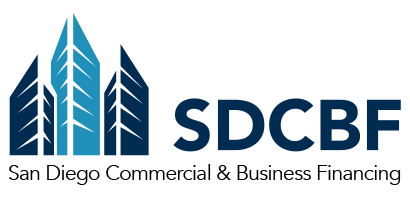Frequently Asked Questions
Why do lenders charge prepayment premiums?
A prepayment premium, sometimes called a prepayment penalty or yield maintenance fee, is a provision in a commercial loan that assesses a fee, based on a stated formula, in the event a debtor pays a debt prior to its contractually stated maturity date. The prepayment premium is intended to compensate a creditor for its loss of anticipated revenue stream over the full term of the loan in the event of a prepayment.
What are non-recourse loans and non-recourse carve-outs?
A non-recourse loan is a secured loan that limits the creditor, in the event of default by the debtor, to proceed only against the collateral securing the loan to satisfy the debt and not the debtor’s other assets which are not specifically pledged as collateral, except in certain limited and negotiated circumstances which are called “Carve-outs.” non-recourse carve-outs usually include an act or omission by the debtor that is a material obligation, such as failing to insure, or certain bad acts (often referred to as “Bad-boy” acts) such as misappropriation or misapplication of funds from the property’s income, and violation of a clause forbidding sale. Depending on the assets of the debtor and whether the debtor is an spe with no other assets but the property securing the debt, and whether there is a guarantor, the non-recourse carve-outs may be of little value.
Why would the lender require a special purpose entity (also called “Single purpose entities”)?
For certain financing transactions, some creditors may require a debtor to become a special purpose entity or single purpose entity (spe). Any type of business entity can be an spe, although they are commonly formed as limited liability companies. Spes are typically created to fulfill narrow, specific, or temporary objectives. Creditors often require that the debtor be an spe to isolate financial risk by limiting the possibility of the bankruptcy of the debtor, including requirements to conduct its business under its own name as a separate entity, and only engage in business matters expressly permitted under the spe’s basic documents which cannot be changed without the lender’s approval. The spe (1) is also usually required to have at least one director, general partner, managing member, principal shareholder, or other similar controlling person (an “Independent controlling person”) who is independent of and not otherwise associated with the debtor and whom the lender intends (but is not contractually required) to protect the lender’s interest, and (2) is subject to organizational documents requiring a unanimous vote or consent, which vote includes the independent controlling person, before the debtor can decide on filing a petition in bankruptcy, dissolving, liquidating, consolidating, merging, or selling all or substantially all of the assets of the debtor. These requirements are sometimes referred to as bankruptcy-remote requirements since their goal is to make it difficult for the debtor to voluntarily file for bankruptcy
What is an estoppel certificate?
An estoppel certificate is a signed statement by a party certifying certain statements of fact as correct as of the date of its execution. In a commercial financing context, the creditor often seeks estoppel certificates from existing tenants in a property to be mortgaged in order to confirm the major terms of a lease, and whether the tenant claims any defaults by its landlord. An estoppel certificate precludes a tenant from later claiming that a default or other condition of the lease exists which was not disclosed in the estoppel certificate.
What is considered “owner user real estate”?
Any property that is occupied 50% or more by the owner of the property is typically considered “owner-user”. However, some investors allows for as little as 25% of the physical space to be occupied by the owner to be considered “owner-user”.P>
What are the standard costs for a commercial loan?
The costs of the standard commercial loan can be broken down into three categories: a) third party reports, b) transactional costs and c) lender fees. Because of the nature of a commercial loan transaction there are typically several third party reports that must be ordered. These can include an appraisal, environmental report (phase i or phase ii), engineering report, pml report (if property is older and in an earthquake zone). Transactional costs include such things as title, escrow, notary, processing, and attorney fees. Lending fees can include processing, underwriting, originating, and discount fees.

